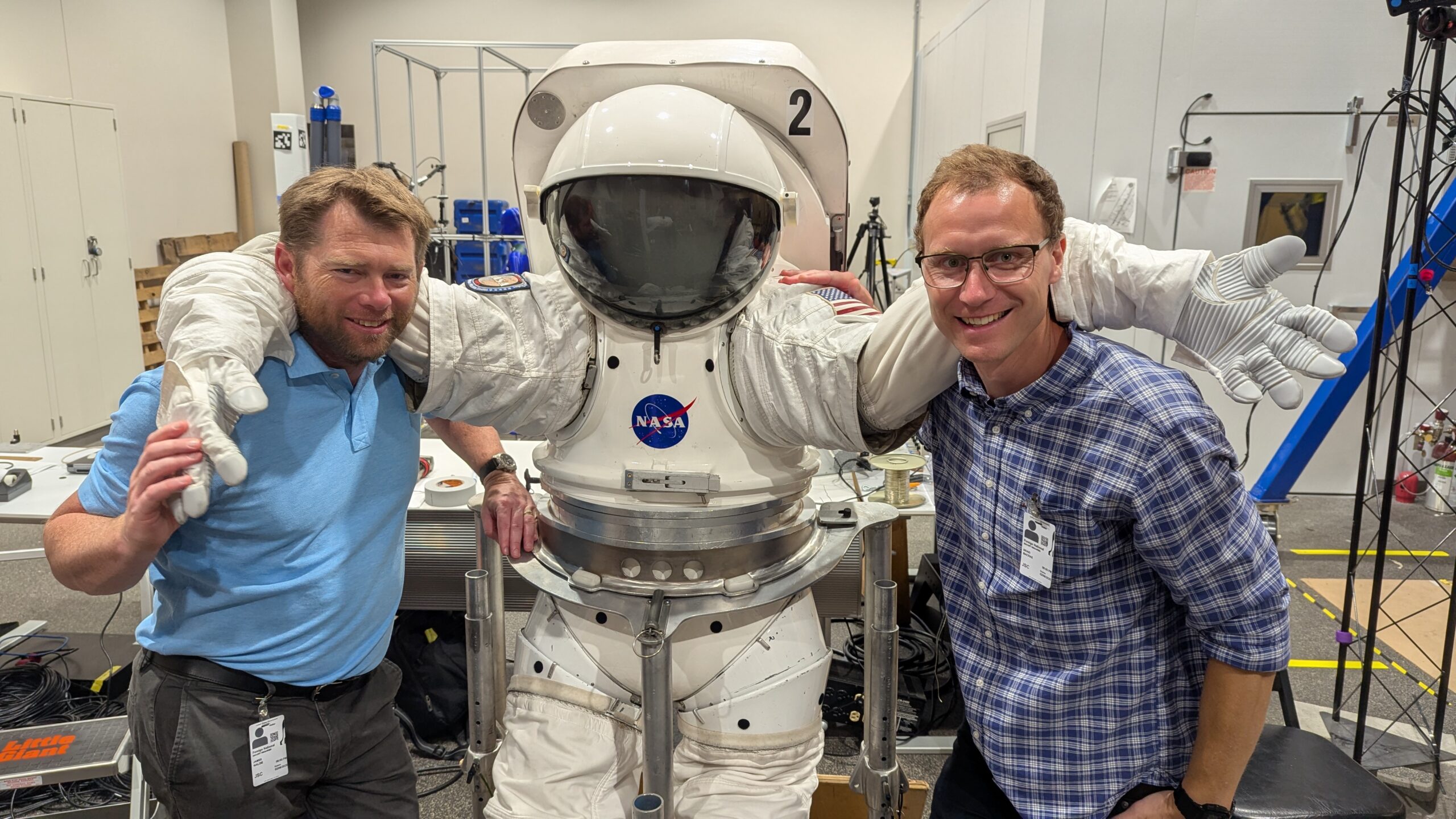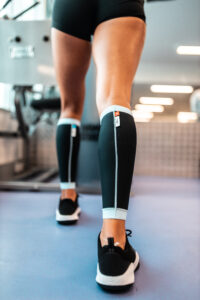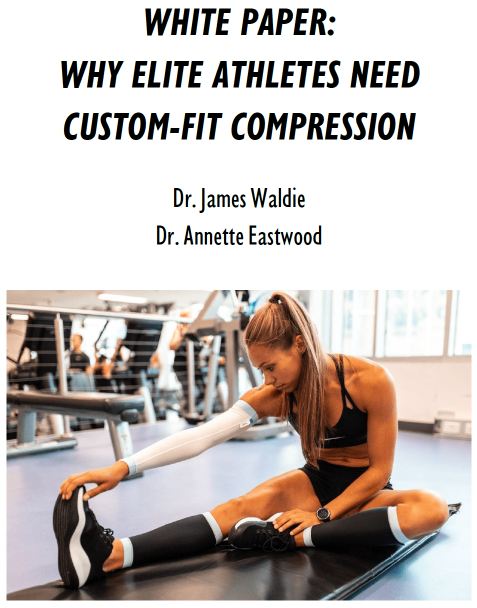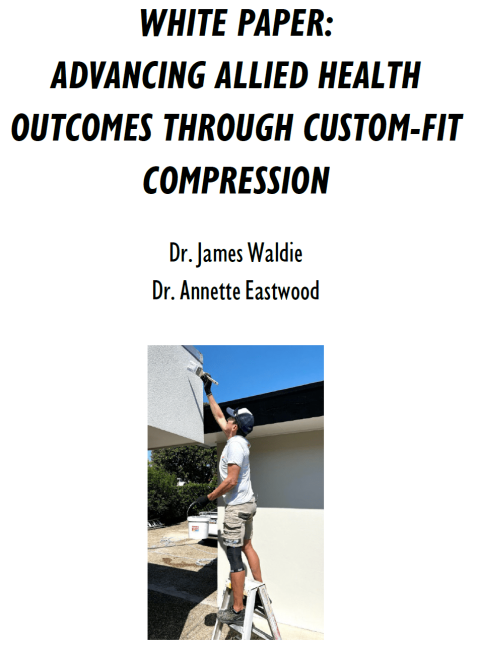CAPE started in space. The algorithms and theory of compression, and the importance of custom-fit, was derived through work of our founder and CEO, Dr James Waldie, when he developed compression suits for astronauts. In space, floating around removes normal loads on the skeletal system, which responds by getting lighter and weaker. His early compression suits were designed to load the body in the vertical axis and restore normal body weight forces, even when floating in space. This loading tricked the skeletal system into thinking it was still on Earth, and helped reduce bone loss in space. The suits flew on the space station in 2015 and 2017!
CAPE is still involved in space. James and Dr Braid MacRae were invited to NASA in February to present CAPE work at a NASA conference, and to spend a week at the Johnson Space Center in Houston. CAPE has two studies in work with NASA and SpaceX. NASA plans to use our 3D scanning technology in space so astronauts can accurately and easily identify how they change shape in microgravity. In space the human body will change due to fluid shifts, muscle atrophy and spinal elongation – understanding these physiological changes is important to understand the scale and significance of such deconditioning from long duration spaceflight. Further NASA work, and the SpaceX study, are looking into compression garments to protect against orthostatic intolerance (fainting) when returning to Earth, and management of blood flow when entering microgravity. NASA astronauts may be wearing CAPE garments, and using CAPE technology, when they return to the Moon. In fact, James and Braid had the privilege of meeting Victor Glover who will be orbiting the Moon next year – he thanks the whole CAPE team for their extraordinary work!
When NASA wants compression that works, it turns to CAPE. Now engineered and certified for recovery, travel and rehab applications on Earth, contact us to see how new CAPE garments can deliver key benefits for you.





